Reverse Charge
What is reverse charge?
In a typical business, the supplier supplies goods and collects VAT on behalf of the customers, which is later paid to the government. Under reverse charge, the buyer or end customer pays the tax directly to the government.
The supplier does not have to pay VAT on import items, so the obligation of reporting a VAT transaction is shifted from the seller to the recipient or buyer. The recipient will have to record the VAT on purchases (input VAT) and the VAT on sales (output VAT) in their VAT return each quarter.
When is reverse charge applicable?
Reverse charge is applicable on both goods and services.
If a taxable person in one GCC member state receives a supply from a business owner who resides in another GCC member state, then the receiver will have to pay VAT under the reverse charge mechanism.
If a taxable person receives a supply from a person outside the GCC, he will have to pay VAT according to the reverse charge mechanism.
To understand the mechanism better, let’s look at an example using an imported service:
Mr. Abdul is a VAT-registered person in the UAE, but he uses the services of a bookkeeper named Sam, who is based in Italy. As Sam is not registered in the UAE, he does not have to file any UAE returns or pay UAE tax. Because Mr. Abdul has acquired services from a non-UAE-based supplier, he will have to record the reverse charge on his relevant VAT return.
In this example, because the recipient accounts for the VAT under the reverse charge mechanism, the place of supply for VAT purposes is the UAE.
Why is it beneficial?
The reverse charge mechanism is mainly used for cross-border transactions. It relieves non-resident suppliers of the burden of registering and accounting for VAT in their buyers’ location.
What are the requirements for the reverse charge mechanism?
- The receiver of the goods or services must be registered for VAT.
- Every registered business owner must keep proper records of their supplies that incur reverse charge.
- Invoices, receipt vouchers, and refund vouchers should all specify whether the tax payable for that particular transaction is through reverse charge
